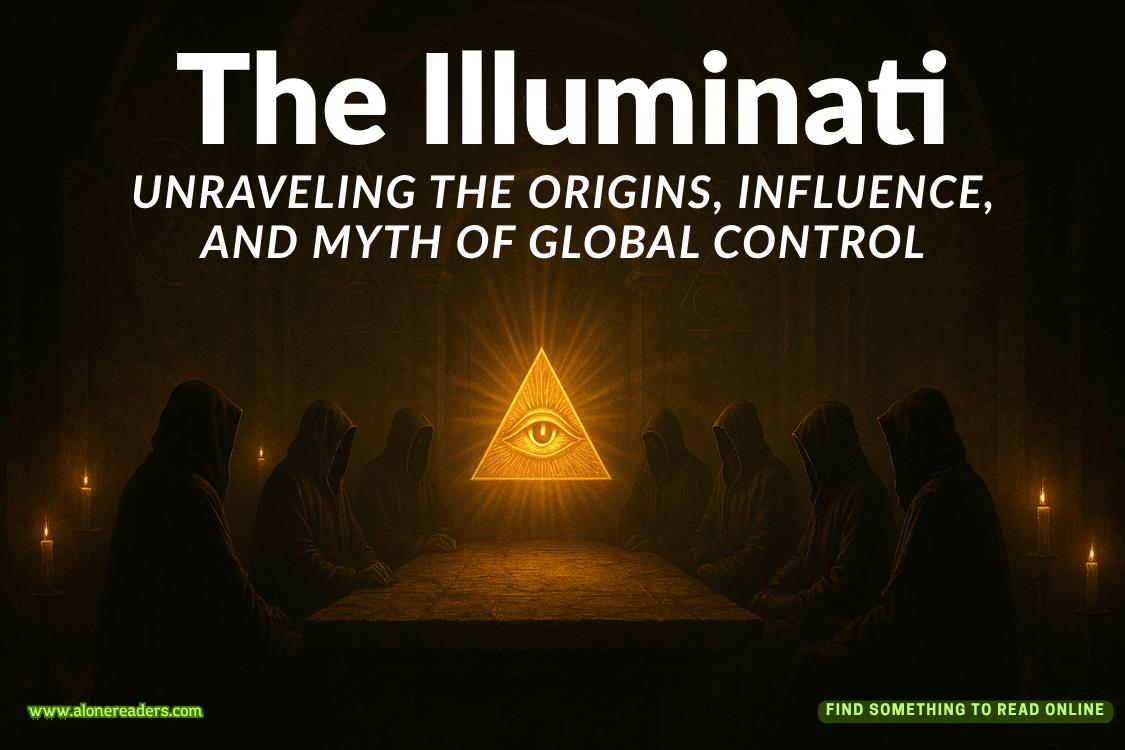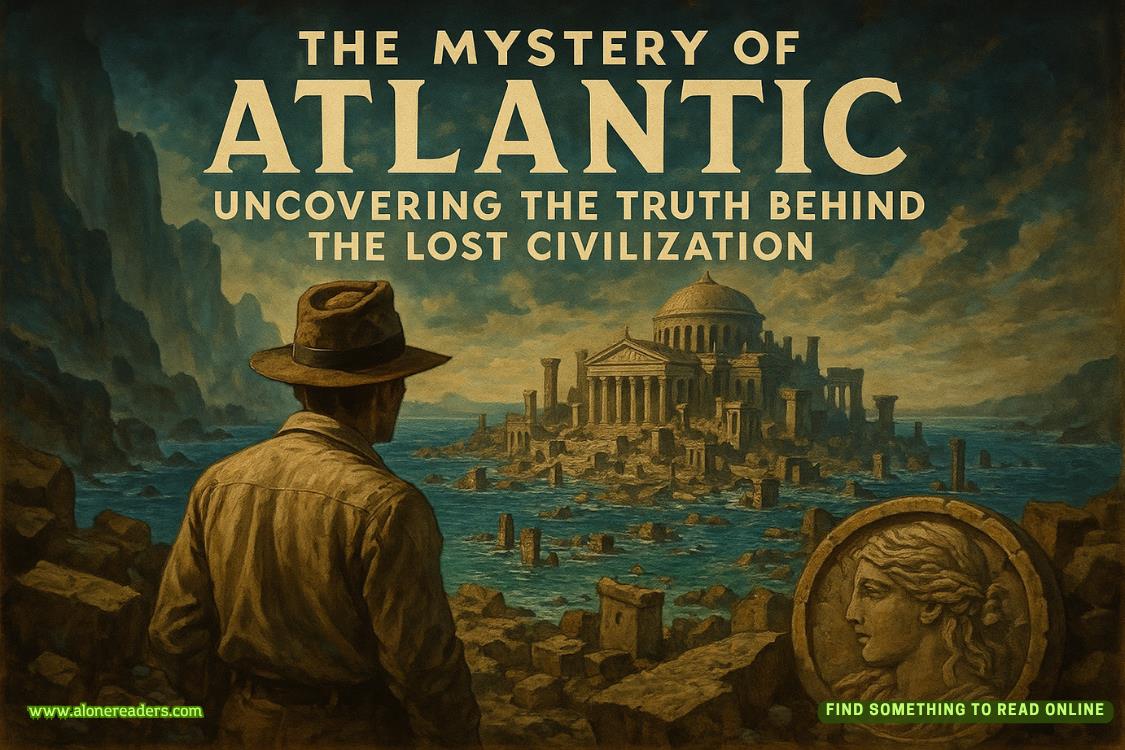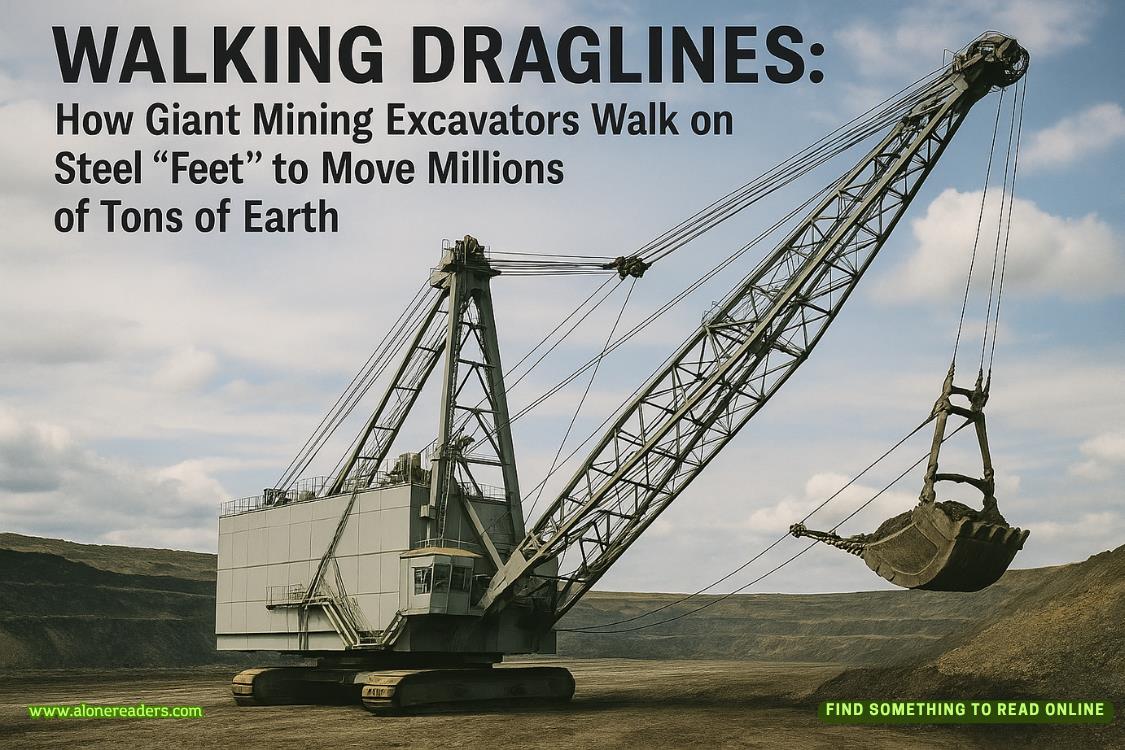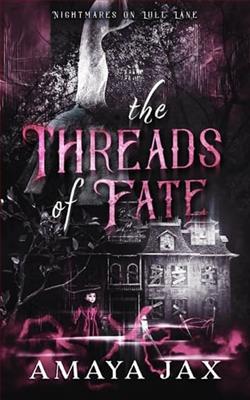Page 22 of The Happy Month
Karen walked into the office and handed me a slip of paper with Wallace Philburn’s name, address and phone number on it. I took a quick look and said thank you. Karen walked out of the office. Lydia didn’t bother asking what that was about.
“I’m going to take off tomorrow and work on the Karpinski thing,” I told her.
“Okay. Just keep track of your hours. And then add ten percent,” she said, smiling meanly.
“Do you want to be kept up to speed on that?”
“Not really. I’ll ask if I get curious, but I have enough bad stuff in my head.”
After that, I left and went to Hot Times, the coffee shop across from Park Pantry. I ordered a large latte with whole milk, then sat down at a table on the far side of the room. There was a TV over the fireplace playing some kind of music video countdown. I openedCanyon Girland turned to the third chapter, which began with a discussion of women’s rights groups in the 1940s. Philburn talked about the ways in which women’s entry into the workforce during the war increased their desire for more equal treatment. He mentioned several groups but eventually focused on one, Sisters of Artemis. It took about five pages, but he finally connected Vera Korenko to the group. Apparently, it was from this group that she drew most of her friendships.
My name was called and I went up to the counter to get my coffee. I tipped the barista, who’d made a pretty design in my cup, and went back to my table. Alanis Morisette was pondering irony on the TV screen. The song had prompted several discussions in my house about what was irony and what was coincidence. Honestly, I’m still fuzzy on the whole thing.
Back at my seat, I kept reading. Apparently, Philburn had tracked down and interviewed several of Vera’s friends. One friend, Rochelle “Rocky” Havoc, who by the sixties was living in Long Beach, remembered Vera as being “whip smart, headstrong and sometimes reckless.” Betty Brooks lived in Glendale with her husband and three kids, “Verawas the sweetest girl, a little dreamy, I think. She really believed she could make the world a better place.” He spent a lot of time with Manny and Virginia Marker, who’d socialized with Vera for a time the year before she was killed. Virginia wasn’t quoted in the chapter, but Manny was, “Vera was a bad influence. I put up with it for a long time and then I put my foot down. We didn’t see her again after the fall of 1948. When I heard that she’d been killed, I can’t say I was surprised.”
I checked my pockets for a pencil to circle these names. Then I remembered it was a library book. I popped out to my Jeep and grabbed a notebook from the glove compartment. Back inside, I was about to write down the names, when I heard, “My goodness, imagine meeting you here.”
I looked up and there was our roommate, Junior Clybourne. Despite the fact that it was summer in California, Junior was dressed in corduroy slacks, a black shirt and a paisley vest all topped off by an extra-long white scarf. Even though he had a brown fedora on his head, I could see from the wisps of gray hair sticking out that he needed a haircut. He looked dangerously thin—despite the surprising amount of my food he ate.
I said hello and asked how he was.
“Oh, rushed off my feet. I volunteered to help out at The Center. Horrible mistake. They’ve got me counseling newbies; boys who just learned they’re positive. I call my little spiel ‘the tour’.”
He hurried off to order.
I went back to writing down the names of Vera’s friends. Then I flipped back to the photo section and wrote down the name of the detective who’d worked her case, as well as the boy who’d found her body. You never know.
I’d just gone back to the book, about to start chapterfour, when Junior plunked himself down at my table, and said, “Why on earth are you reading that?”
“It’s for a case I’m working on.”
“I remember that poor girl. An awful thing.”
“Um, she was killed in 1949. How oldareyou?”
“Never ask a lady her age. I didn’t mean I remember from when it happened. I was still a child. Mostly. No, there was another murder in the late sixties. Similar. Lesbian girl. People started talking about the Canyon Girl again.”
“Do you think Vera Korenko was a lesbian?”
“That’s what people were saying.”
“Have you ever heard of the Sisters of Artemis?”
“Of course. I’m not sure they’re still around, but they were definitely around in the seventies. They used to march in the parade.”
“You have quite a memory.”
“Not really. The pride parade in L.A. was much different in the seventies. The last time I went, four or five years ago, my God it was three hours long. Everybody and their Aunt Sally wants to be in it now. Seriously, the last time I went I kept waiting for people to march by carrying signs that said, ‘I met a gay person once.’ In the seventies, the whole thing was over in half an hour. Much easier to remember who was there.”
“Do you know anything about them? The book describes it as a feminist group in the forties.”
“Yeah, well, when I first came out, which was nineteen—” He brushed his hand across his mouth to obscure the date. “—feminism was code for lesbian. It’s not so much anymore. Unless you listen to conservative talk radio.”
“You listen to conservative talk radio?”
“Of course, I do. I love a good laugh.”
I have to say, the idea that Vera might be a lesbian made immediate sense to me. Patrick was gay, Vera was gay. Somehow, they met and decided to have a relationship of convenience. Telling the world they were nice normal heterosexuals planning to get married, while doing as they pleased. Of course, how that might lead to Vera’s grisly death was a mystery.















